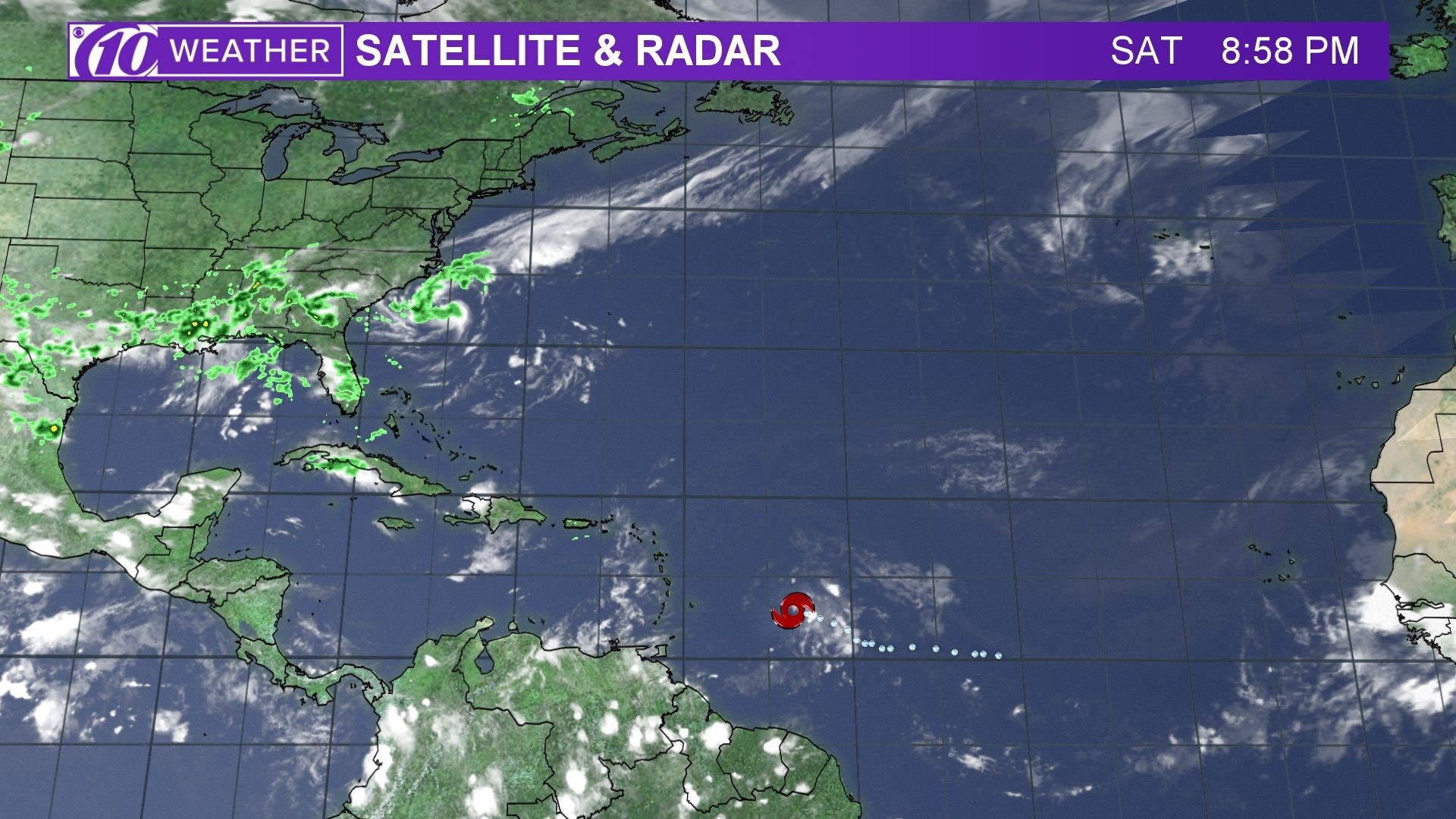Spaghetti Models for Beryl

Spaghetti models are a type of ensemble weather forecasting technique used to predict the path of tropical cyclones, including Beryl. They work by running multiple computer simulations of the storm’s track, each with slightly different initial conditions. The resulting ensemble of simulations creates a spaghetti-like plot of possible paths, giving forecasters a sense of the storm’s overall uncertainty.
There are different types of spaghetti models, including the European Centre for Medium-Range Weather Forecasts (ECMWF) Ensemble Prediction System (EPS) and the National Hurricane Center (NHC) Global Ensemble Forecast System (GEFS). Each model uses its own unique set of physics and dynamics to simulate the storm’s track, resulting in a range of possible outcomes.
Spaghetti models for Beryl show a wide range of possible tracks, including some that could bring the storm close to Florida. To find out more about the potential impacts of Beryl on Florida, visit will beryl hit florida. Spaghetti models for Beryl are constantly being updated as new data becomes available, so it is important to stay informed about the latest forecasts.
Examples of Spaghetti Models Used in Real-World Beryl Impact Scenarios, Spaghetti models for beryl
Spaghetti models have been used in a number of real-world Beryl impact scenarios. For example, during the 2018 hurricane season, the ECMWF EPS spaghetti model accurately predicted the path of Hurricane Beryl as it approached the Lesser Antilles. The model’s ensemble simulations showed a wide range of possible paths, but the majority of the simulations indicated that the storm would pass south of the islands. This information helped forecasters to issue timely warnings and evacuation orders, which likely saved lives.
Spaghetti models are computer simulations that show possible paths a hurricane might take. Barbados Hurricane Beryl was a Category 1 hurricane that passed south of Barbados in July 2024. The spaghetti models for Beryl showed a wide range of possible paths, from passing well south of the island to making landfall directly on Barbados.
Ultimately, Beryl passed south of Barbados, causing only minor damage.
Spaghetti models are a valuable tool for forecasters, providing them with a sense of the uncertainty in the storm’s track. This information can help them to make better decisions about warnings and evacuations, which can ultimately save lives.
Applications of Spaghetti Models in Beryl Forecasting

Spaghetti models are crucial tools in predicting the path and intensity of tropical cyclones like Beryl. They provide probabilistic forecasts, representing the range of possible outcomes based on multiple simulations.
Accuracy and Limitations
Spaghetti models offer valuable insights, but their accuracy can vary depending on factors like data availability, model complexity, and atmospheric conditions. While they generally perform well in predicting the general track and intensity of Beryl, they may have limitations in capturing smaller-scale features or sudden changes in the storm’s behavior.
Case Studies
In the 2018 Atlantic hurricane season, spaghetti models successfully predicted Beryl’s landfall in Florida. The models showed a consistent trend in forecasting the storm’s path and intensity, allowing meteorologists to issue timely warnings and prepare for the potential impact.
Advancements in Spaghetti Modeling for Beryl: Spaghetti Models For Beryl
Advancements in spaghetti modeling techniques have significantly enhanced the accuracy and reliability of Beryl forecasts. These improvements stem from refinements in data assimilation, ensemble generation, and model physics.
Data assimilation techniques have been improved to better incorporate observations into the model, leading to more accurate initial conditions. Ensemble generation methods have been refined to create a more diverse set of model runs, capturing a wider range of possible outcomes. Additionally, advances in model physics have improved the representation of atmospheric processes relevant to Beryl development, such as convection and wind shear.
Data Assimilation Techniques
- Ensemble Kalman Filter (EnKF) is a widely used data assimilation technique that has been applied to spaghetti modeling for Beryl. EnKF incorporates observations into the model by updating the model state and error covariance matrix.
- Variational data assimilation (VarDA) is another data assimilation technique that has been used for spaghetti modeling of Beryl. VarDA minimizes a cost function that measures the difference between the model state and observations.
Ensemble Generation Methods
- Monte Carlo methods are used to generate an ensemble of model runs. Each ensemble member is initialized with slightly different initial conditions, and the model is run forward in time to produce a set of possible outcomes.
- Ensemble transform Kalman Filter (ETKF) is a hybrid data assimilation and ensemble generation method that has been applied to spaghetti modeling for Beryl. ETKF combines the strengths of the EnKF and Monte Carlo methods.
Model Physics Advancements
- Improvements in the representation of convection have led to more accurate forecasts of Beryl intensity and track. Convection is a key process in the development and intensification of Beryl.
- Advances in the representation of wind shear have improved the accuracy of Beryl track forecasts. Wind shear can affect the direction and speed of Beryl movement.
Future Developments and Applications
Future developments in spaghetti modeling for Beryl are likely to focus on further improving the accuracy and reliability of forecasts. This may involve the use of more advanced data assimilation techniques, ensemble generation methods, and model physics. Additionally, spaghetti models may be used to explore the effects of climate change on Beryl activity.